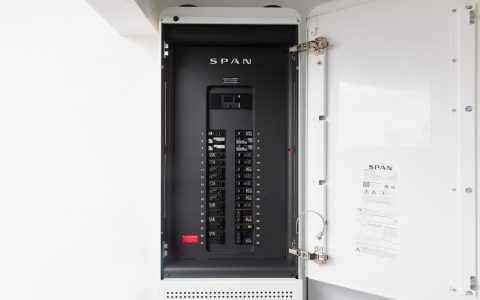Propane and natural gas are both hydrocarbon fuels commonly used for heating, cooking, and powering various appliances. While they serve similar functions, they possess distinct properties and logistical considerations.
Key Differences
-
Chemical Composition:
- Natural gas is primarily composed of methane (CH4).
- Propane (C3H8) is a liquefied petroleum gas (LPG), often produced as a byproduct of natural gas processing and petroleum refining.
-
Energy Content:
- Propane has a higher energy density. One cubic foot of propane yields approximately 2,516 British Thermal Units (BTUs).
- Natural gas provides approximately 1,030 BTUs per cubic foot. Therefore, nearly 2.5 times the volume of natural gas is needed to produce the same amount of heat as propane.
-
Delivery and Storage:
- Natural gas is delivered to consumers through an extensive network of underground pipelines. It is generally not stored on-site by the end-user.
- Propane is transported by trucks as a liquid and stored on-site in tanks of various sizes, from small portable cylinders to large permanent installations. It is stored under pressure to maintain its liquid state.
-
Appliance Compatibility:
- Appliances are specifically designed for either natural gas or propane due to differences in gas pressure and the required air-to-fuel ratio for combustion.
- Using an appliance with the wrong type of gas is dangerous. Conversion between fuel types is possible for some appliances but requires a conversion kit and must be performed by a qualified technician, involving changes to orifices and pressure regulators.
-
Density and Safety:
- Natural gas is lighter than air. In the event of a leak, it tends to rise and dissipate into the atmosphere, reducing the risk of accumulation in well-ventilated areas.
- Propane is heavier than air. If propane leaks, the gas can accumulate in low-lying areas such as basements or crawl spaces, creating a significant fire or explosion hazard.
- Both gases are naturally odorless; an odorant (typically mercaptan) is added to both to give them a distinct smell for leak detection.
-
Environmental Impact:
- Both are fossil fuels and release carbon dioxide (CO2), water vapor, and other emissions when combusted.
- Natural gas, being primarily methane, is a potent greenhouse gas if it leaks into the atmosphere unburned.
- Propane is considered a cleaner-burning fuel than some other fossil fuels. It is non-toxic and not a greenhouse gas if released unburned, though its combustion does produce CO2.
-
Availability and Cost:
- Natural gas availability is contingent upon access to pipeline infrastructure, making it prevalent in urban and suburban areas. Where available, it is often less expensive per BTU than propane.
- Propane is available virtually anywhere as it can be transported and stored. It is a common choice for rural areas or locations off the natural gas grid. Propane prices can fluctuate based on supply, demand, and crude oil prices.
The selection between propane and natural gas typically depends on factors such as geographical location and pipeline accessibility, on-site storage feasibility, specific energy requirements, appliance compatibility, and local fuel costs.








